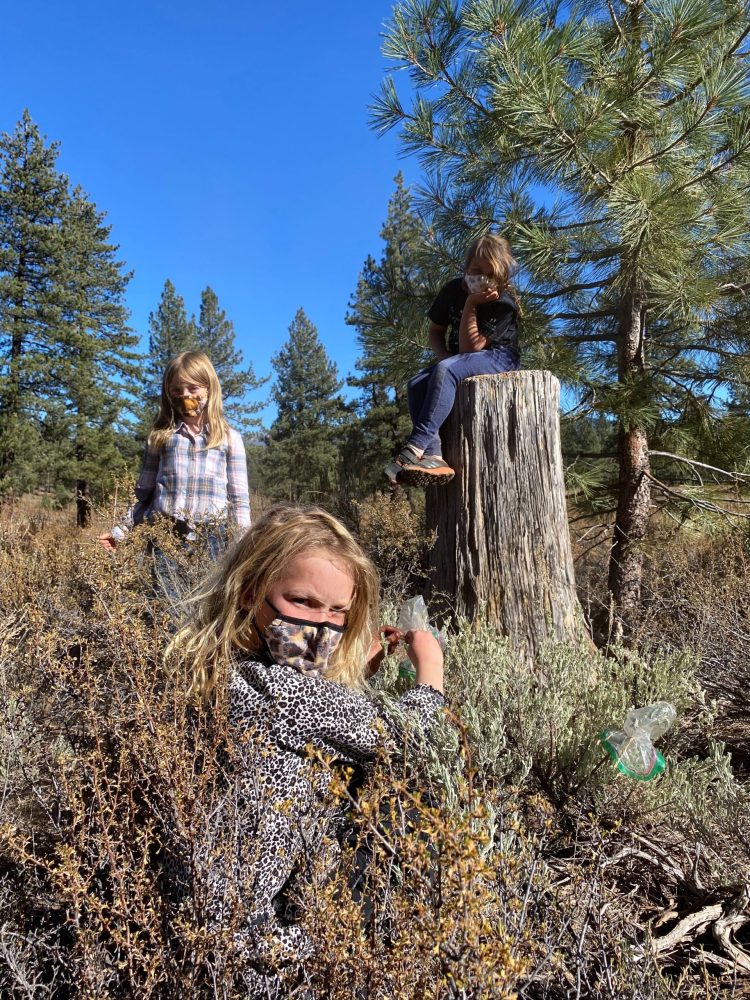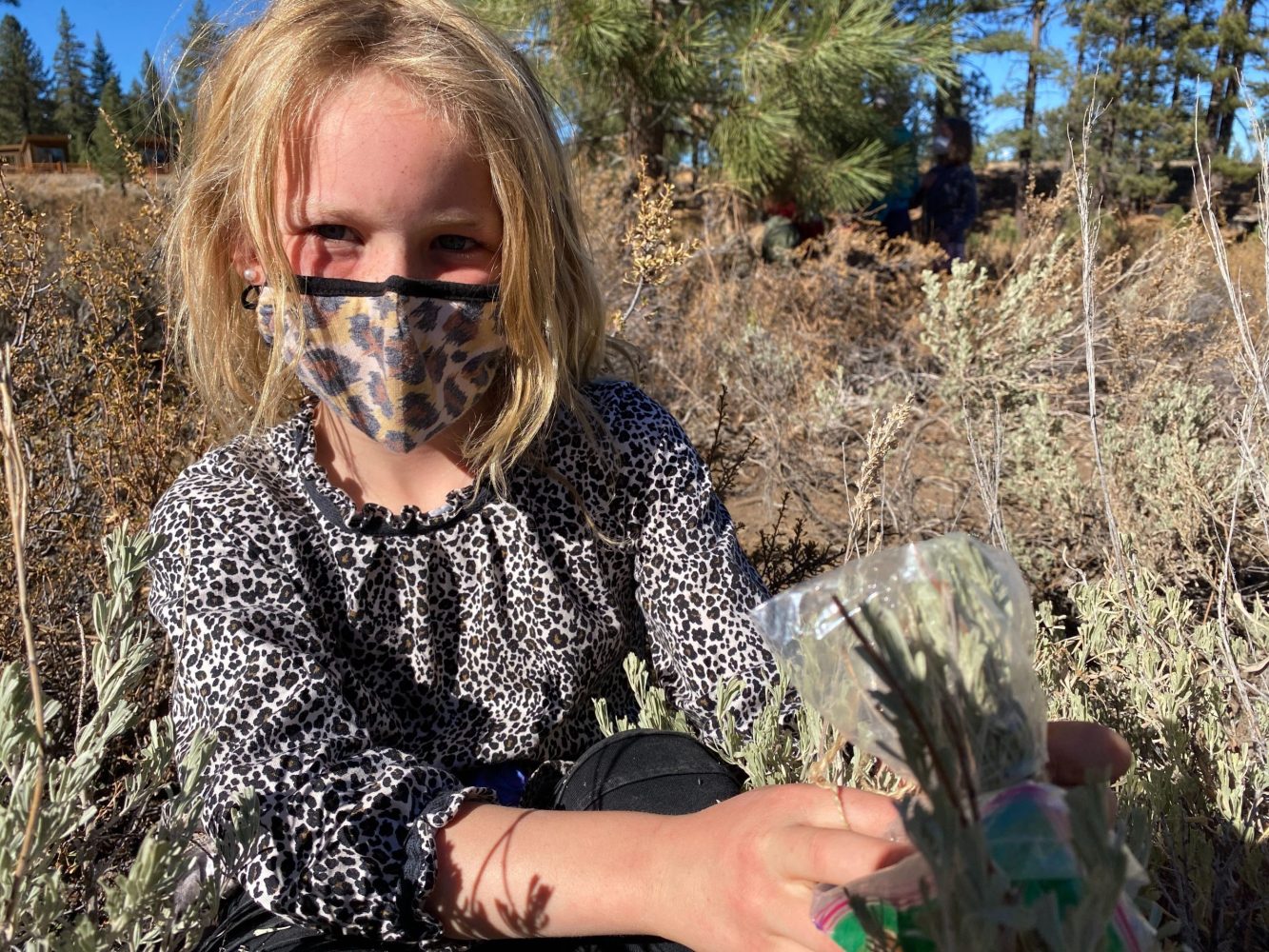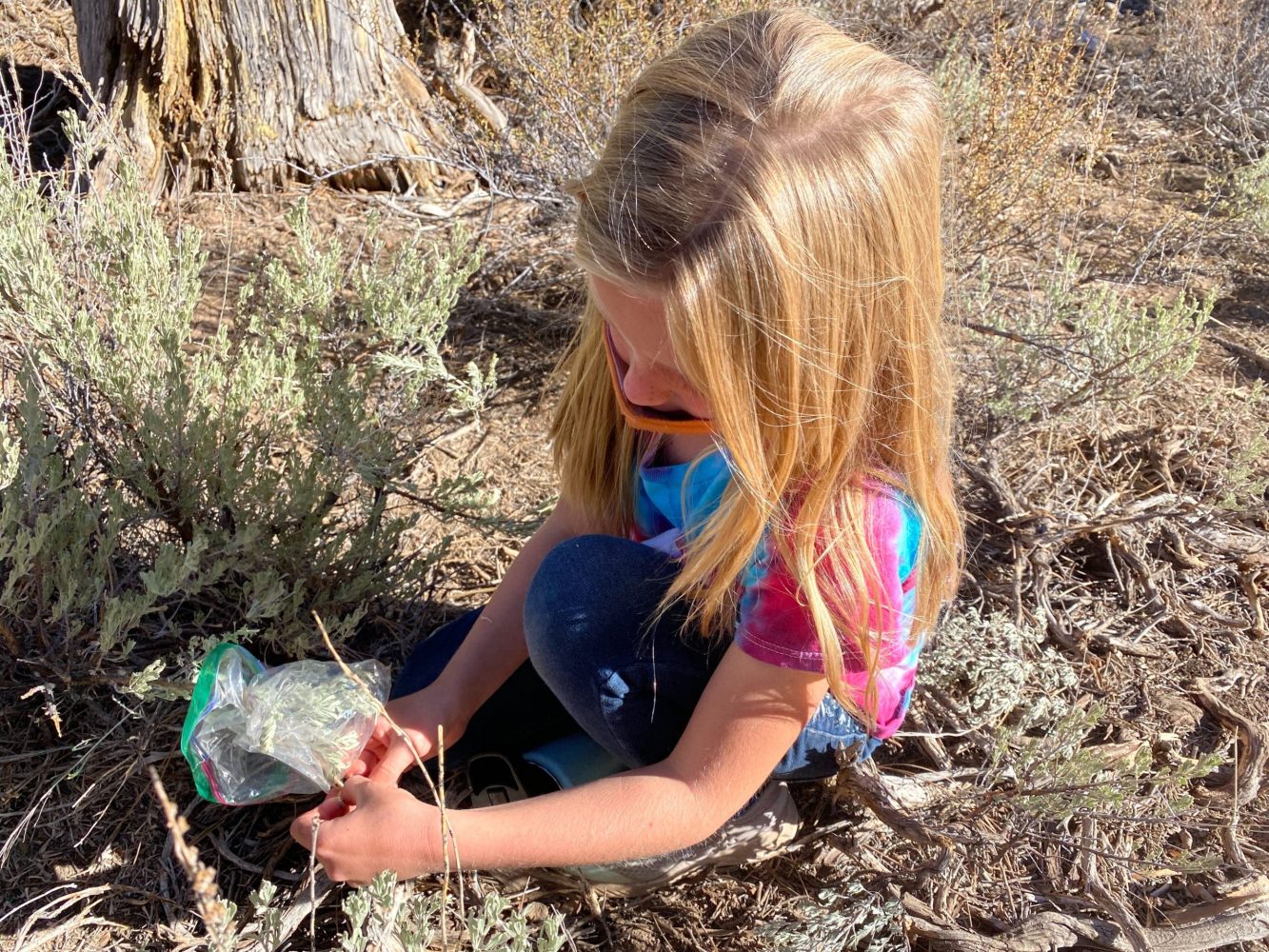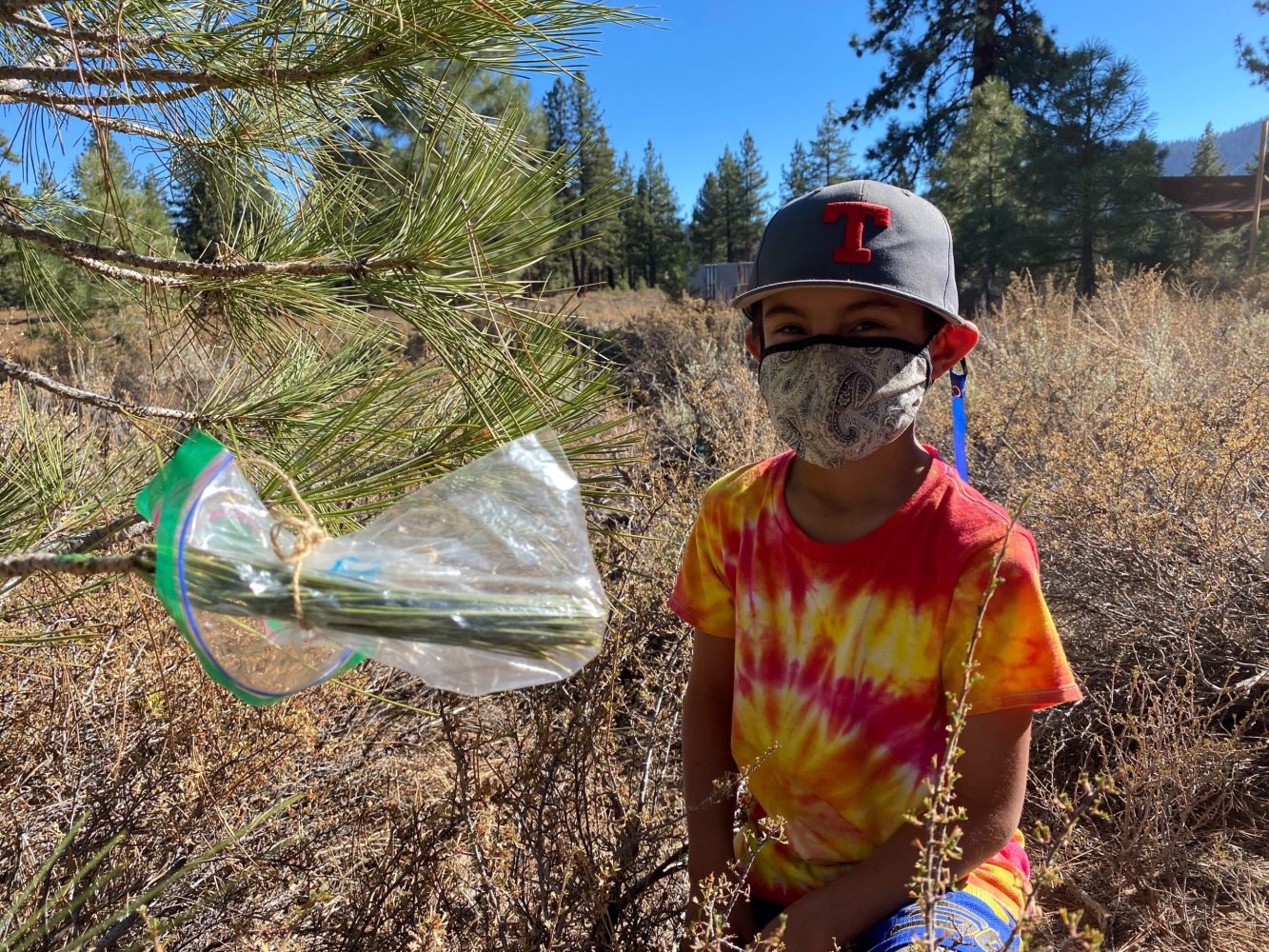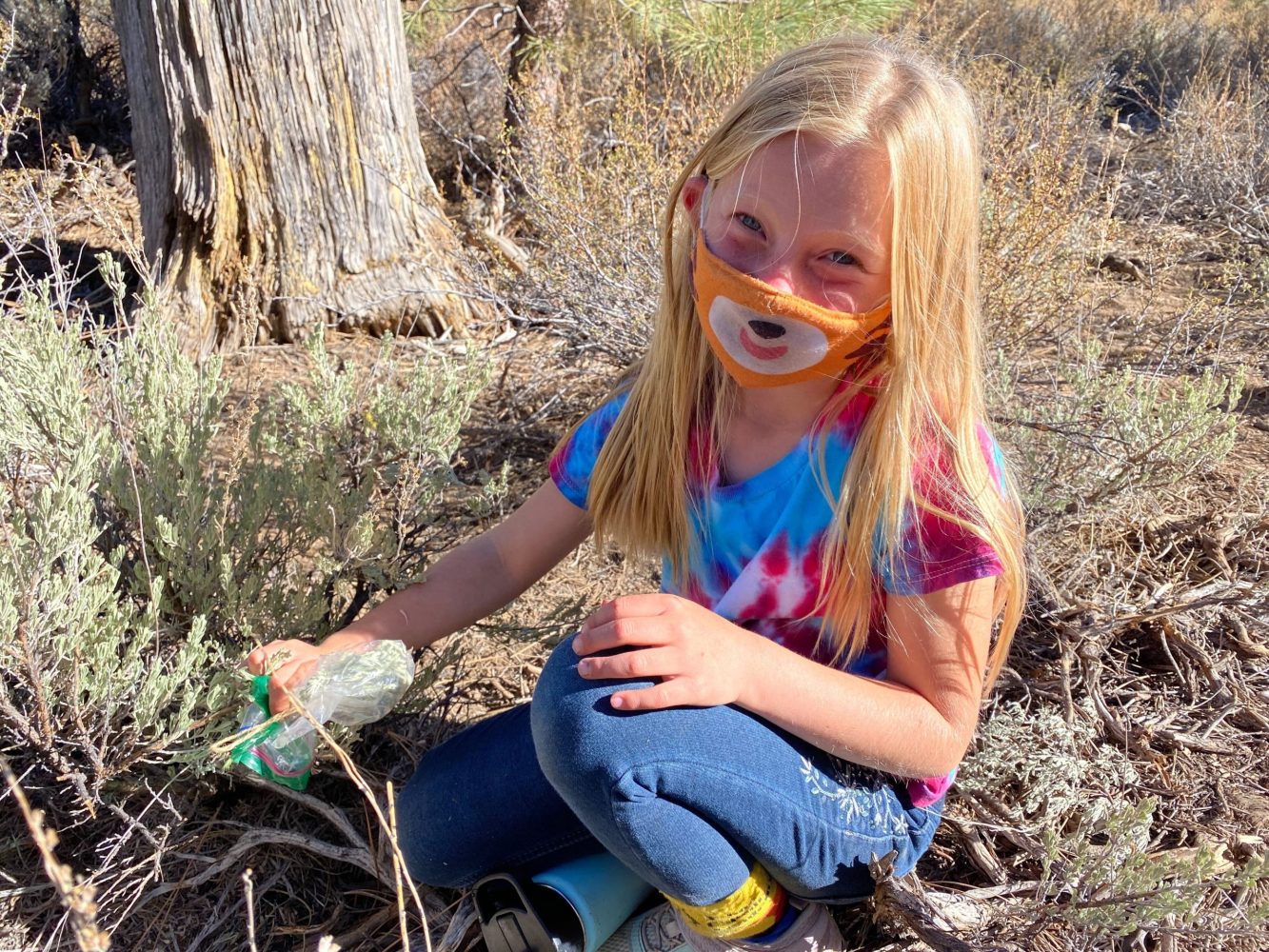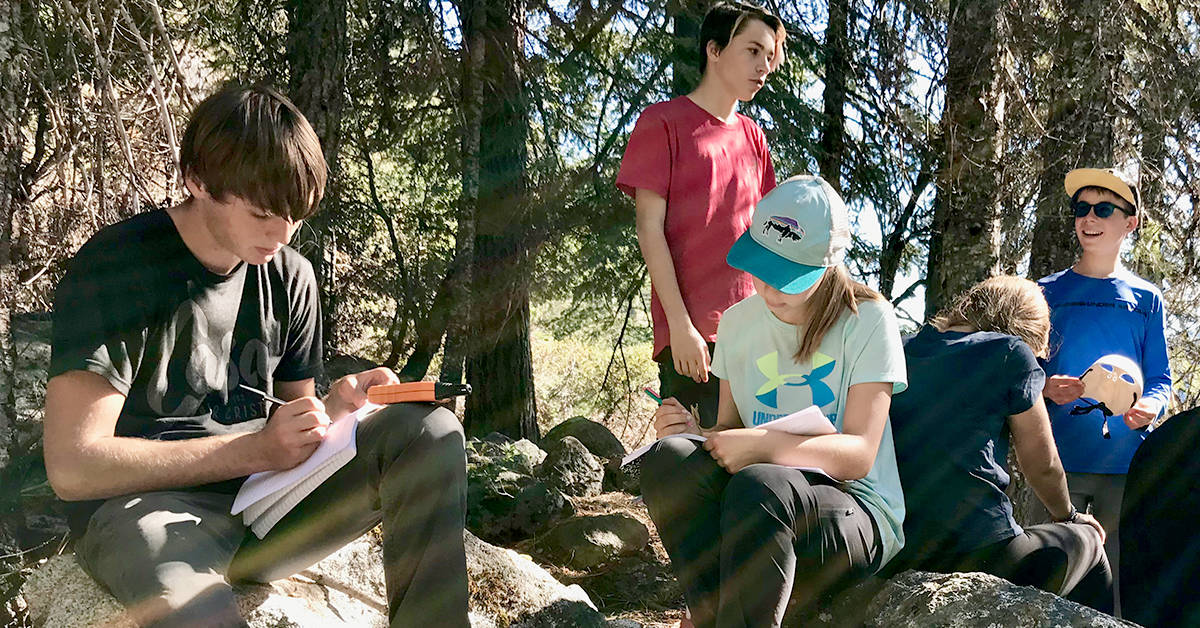2nd-Graders Harvest Water From Solar Stills
In our 2nd-Grade Wilderness Skills Guild, students will build essential skills and knowledge about the backcountry through exploring gear, orienteering, plant identification, awareness games and more.
To stay healthy, you need 64 ounces of water a day. If you are exercising or sick, you need more! So how do you find safe drinking water if you are out in the wilderness? Well one way is to ask a TEA 2nd-grader.
In our elementary school, students participate in weekly “guilds.” These guilds are an introduction to “elective” classes typically offered in middle and high school. For our 2nd-graders this year our amazing Athletics and Activities Manger Alex Peugnet created a Wilderness Skills Guild complete with lessons around orienteering, plant identification, proper gear use and how to find and harvest safe drinking water.
For this lesson students learned not to drink water from the ocean or rivers and lakes. The students came to understand what dehydration looks like (dry mouth, weak, tired, headaches). Next they discussed how to locate water that is safe to drink without filters from places like moss or snowmelt or rainwater.
However on the Martis Valley Campus (where our school is located in Truckee, CA), students had to get creative to find water sources. Despite not having much rain (if any) since last spring, students learned how to harvest water from Solar Stills! There are 3 types of solar stills:
#1: Tie a clear plastic bag around leaves of non poisonous plants. Then let the bag sit in the sun until water forms in the bag, which produces about a mouthful of water.
#2: Put a small, clean rock in the corner of a plastic bag. Fill the bag 3/4 full of grass or fresh leaves. Scoop air into bag and seal tight. Place the bag in a sunny spot where the rock is lower than the leaves and let sit for a few hours.
#3: Put a water container in a hole in the ground and surround it with vegetation. Place a plastic sheet over the hole with rocks on each side of the hole and a smaller one right in the middle of the plastic over the container. Wait for a few hours for condensation to occur!
Check out these photos of the students in action!
